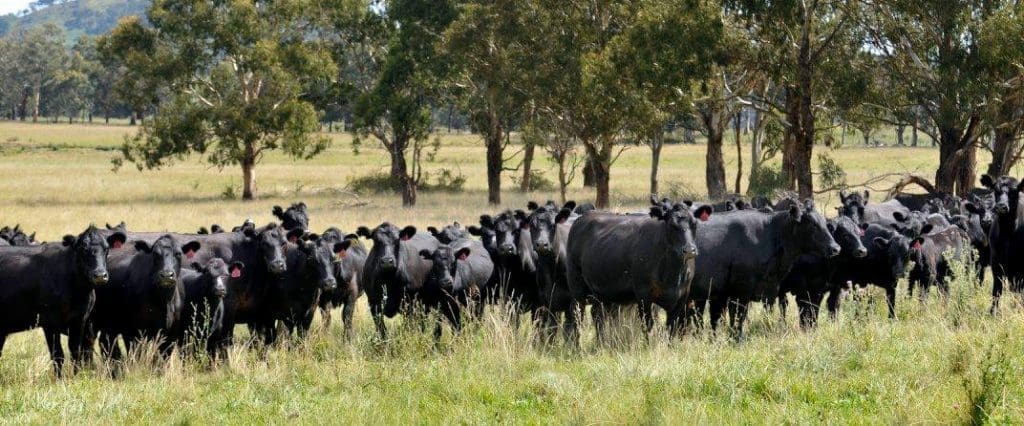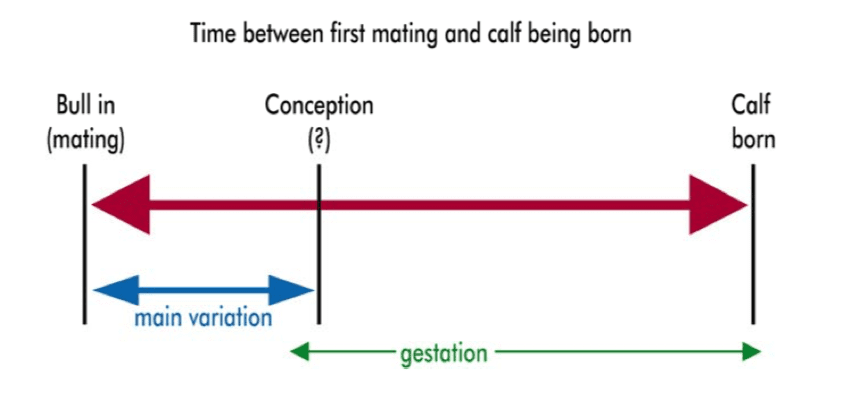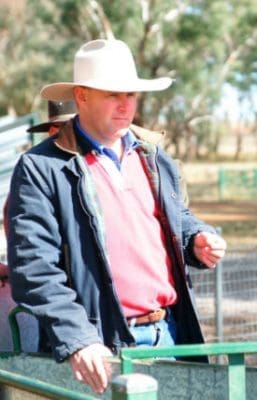
ASK any group of producers ‘what makes a good cow?’, and you will inevitably receive a range of answers.
Having asked this question on many occasions, I’ve been told that good cows are those that are ‘fertile’, ‘good doers’, ‘have good temperament’ and ‘reliable,’ to name only a few of the descriptions commonly offered.
Many of these descriptions are subjective assessments that try to address the maternal traits a cow has and how she may fit into a breeding program.
The discussions I have with producers are to shift these descriptions from the subjective descriptions to more objective, measurable, and therefore more manageable traits.
When I seek to describe a profitable cow, I look to describe a cow that has:
- The maturity pattern and breed suited to the environment and target market
- The ability to get into calf in the first or second cycle and carry the calf for a full term
- The ability to calve without assistance – producing a live calf
- The ability to wean that calf and then rejoin successfully
These are characteristics that underpin profitable breeding programs, regardless of location. They are also traits that producers can manage and select for in their herds.
I have found the challenge for many breeders is to consider selection as being a multi-level process.
At a purely practical level, selection for poor performance in one of more of these areas can be straightforward. Cows that fail to go into calf can be identified and culled. So to, can cows that fail to wean calves. Good ID systems should allow these cows to be identified and removed.
However this doesn’t really solve the problem of performance or improve the maternal traits across the herd. Removing one individual cow doesn’t account for the genetics that are within the herd, and that may contribute to the issue displayed by that cow.
Often the decision to remove the cow is a result of the environmental effect that contributed to that result. The underlying genetic traits may still be within the parent or progeny that ‘got through this year.’
Individual cow selection and removal is important in any efficient herd. Non-performing cows should be removed when they are identified.
However, I encourage producers to use these decisions to refine their overall breeding strategies and directions. In essence to go beyond the individual and select for traits that will contribute to a more productive cow and cow herd.
Pregnancy is a key selection tool. Ideally, early detection through an accredited pregnancy tester will identify those cows that are in calf, and the ones which have gone into calf in the early cycles.
On a weight basis alone, the potential difference between calves born at the start of calving and the end of a nine-week period can be up to 56kg. The flow-on effect may mean that as a replacement heifer she will be younger and smaller than her siblings at joining, and so potentially less likely to go into calf herself.
Ability to go into calf early
As part of a longer-term strategy, the genetics of a herd and its ability to go into calf early is one that producers can and should consider.
Within the range of published EBVs, Days to Calving is one that can be very valuable. This EBV describes the period of time between when the bull is joined with females (the start of the joining period) until calving. It’s expressed in days.
Most variation within this trait relates to the period of time it takes for the female to become pregnant. Gestation length appears to be much less variable. Selecting for a negative Days to Calving EBV places the emphasis on selection for animals that will conceive earlier in a joining period. Females with shorter Days to Calving EBVs also tend to be those that show early puberty as heifers.

Producers should be using their pregnancy testing results as well as calving results as an indicator of the trend that exits within their herds. If the trend is towards later and younger calves, there is a definite opportunity to improve and make real progress towards selection for a trait that does have a practical and economic payoff.
Advances through Single Step in hard to measure traits
Days to Calving is considered to be one of the more difficult traits to measure.
This is frequently pointed out to me be producers. While accuracies may have been low in recent years, inclusion of genetic data through Single Step has had a dramatic impact on accuracy of this trait.
Single-Step analysis includes not only pedigree and performance data, but DNA information as well. This gives a greater understanding of an animal’s potential as it now takes into account the actual relationships it shares with all other animals that have been genotyped within a breed.
In practical terms, producers looking to select for more productive cows can make immediate decisions on individuals. However the improvements in EBV accuracies for traits such as Days to Calving, mean they can also make decisions that address the underlying issues that contribute to a herds overall profitability.

Alastair Rayner
Alastair Rayner is the Principal of RaynerAg, an agricultural advisory service based in NSW. He regularly attends bull sales to support client purchases and undertakes pre sale selections and classifications. He can be contacted here or through his website www.raynerag.com.au
